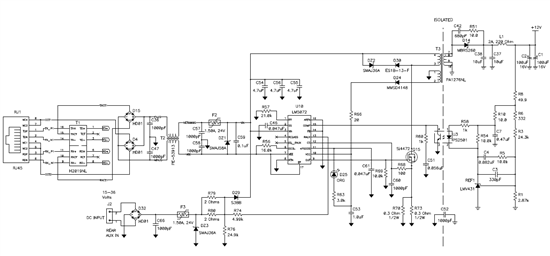We have a circuit built using the LM5072 that uses the RAUX input for external power to our device. The circuit doesn't output anything (doesn't appear to turn on) until about 14.2 volts on the input. This seems to agree with the data sheet that describes the regulator turn-on voltage of 14.5 volts.
SO HOW is thing spec'd to operate down to 9V input? My circuit will continue to operate down to 9VDC, but only after it's been turned on with a voltage above 14.5V. There must be something I'm missing.
I need to be able to put 9V into this thing and have it produce 12V out, and start up properly. What do I need to look at, change, etc.??
Thanks
Jerry/NJ


